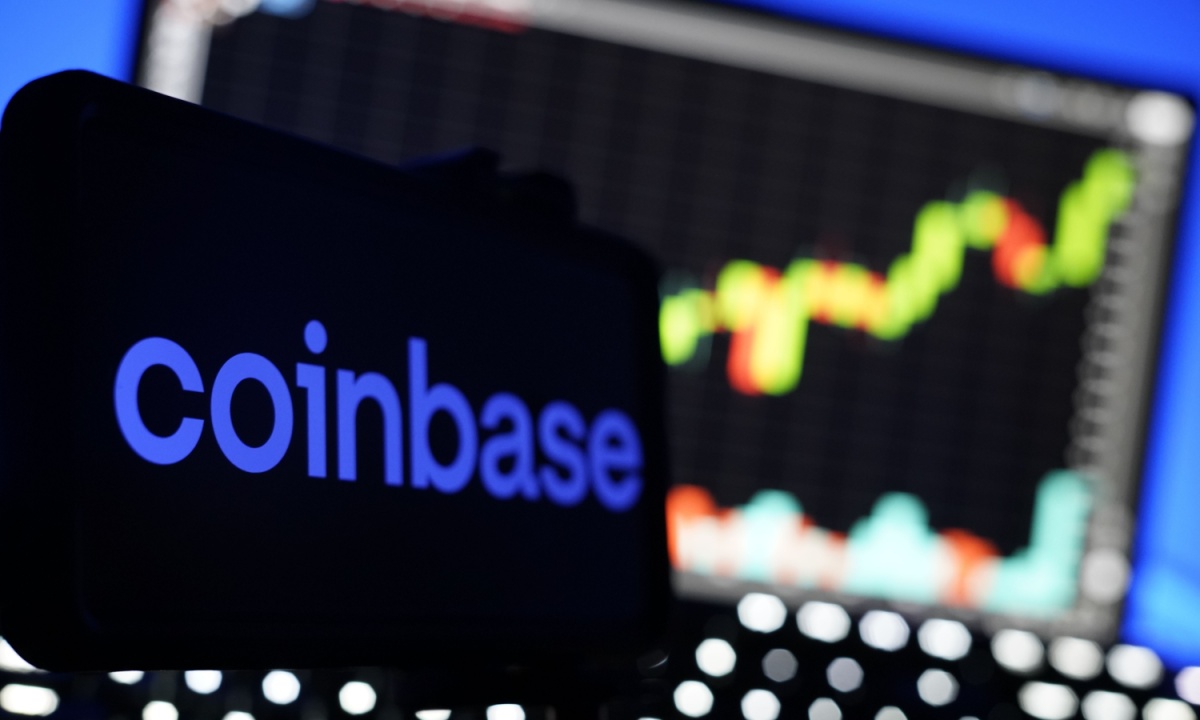Coinbase is reportedly spending millions to market itself as more than just a cryptocurrency exchange.
But against this backdrop, the company is facing increasing competition as Wall Street and the American government embrace the digital asset sector, the Financial Times (FT) reported Sunday (Sept. 14).
“There’s this fear that Coinbase had a head start and it’s losing that head start,” Ryan Rasmussen, head of research at Bitwise Asset Management, a Coinbase investor, told the FT.
Propelled by President Donald Trump’s support for the industry and his naming of crypto-friendly regulators, Coinbase’s shares have risen 70% since the November 2024 election, the report added. Its market capitalization is now $83 billion, a figure higher than that of PayPal or the private equity group Apollo.
However, the company’s stock has dropped 15% since it reported weaker-than-anticipated earnings in late July, something the FT characterizes as a signal of the company’s challenged standing in the crypto world.
“Coinbase has no economic moat,” said Michael Miller, equity analyst at Morningstar, adding that regulation “will lead to additional competition.”
For its part, Coinbase said it welcomes competition, contending that the industry will grow as a whole as crypto and traditional finance come together.
“The goal is to replicate all of those services that a traditional bank or brokerage would offer … and offer them in a better way,” Shan Aggarwal, vice-president of corporate and business development and ventures, told the FT.
The company’s first decade “was [about] crypto as an investment, and that’s the core and what people know us as,” he added. “The second phase is crypto as a financial system, going beyond just investing and trading into other financial services.”
PYMNTS explored this transitory phase in a report late last week, following a momentous few days for stablecoins, the class of crypto pegged to fiat currencies such as the U.S. dollar.
“Long the domain of crypto-native issuers such as Circle, Paxos and Tether, stablecoins are now drawing attention from the incumbents that once dismissed them as a speculative curiosity,” that report said.
Among the recent developments in this space are plans by Zelle’s operator and The Clearing House to explore stablecoin rails, while issuers are “seizing on a legal nuance in the GENIUS Act” to argue they don’t need state-by-state money transmitter licenses.
“The week’s news signals more than just a string of announcements. It suggests a reordering of how digital dollars might circulate,” PYMNTS wrote.
